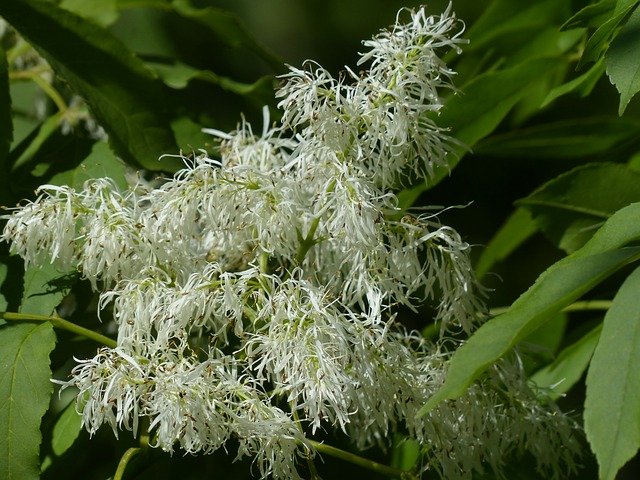
Manna is a sugary substance produced by some species of ash with laxative and sedative properties of cough.
Manna is a sugary substance that flows from ash trunk wounds, known for its laxative, emollient and cough-suppressing properties.
Properties and benefits of Manna
Manna is a sugary exudate, collected from some species of ash composed mainly of mannitol, glucose, fructose and oligosaccharides.
Thanks to the ability to recall water inside the intestinal lumen, the mannitol present in the manna performs a mildly laxative action. Manna is in fact mainly used to treat constipation in children and the elderly.
Manna is also used as an expectorant and emollient, to calm cough and treat chronic bronchitis.
But what does manna look like and what does manna taste like? There are two varieties on the market: Manna cannellata or Manna in lacrime and Manna in sorte (Manna comune or Manna siciliana).
- The Manna cannellata is the most valuable and consists of stalactites that are formed from the incisions of the trunk of the trees, collected before they touch the ground.
- Manna in fate occurs instead when the production is abundant and the exudate reaches the ground, from where it is harvested.
Manna can therefore occur in irregular cylinders a few centimeters long, in pieces, or in powder or in doses similar to candy. As for the taste of manna, it has a pleasant and sweetish taste.
How to use manna
Manna is given dissolved in water or warm milk. The dosage is equal to 2-15 grams for children and 20-30 grams for adults.
It should be consumed for several days and the dose of intake should be initiated according to the effects gradually obtained (regularity and consistency of the stool).
Manna has a slight sweetening power so it can be used instead of sugar in infusions, or simply taken with water.
Contraindications of Manna
Manna is generally well tolerated. Like all laxatives, however, it is contraindicated in intestinal occlusions. In some sensitive people, it can result in nausea and flatulence.
Description of manna
Manna is a sugary exudate obtained from manna ash, also known as orniello (Fraxinus ornus), and fraxinus angustifolia. It is a tree of the Oleaceae family, which can grow up to ten meters in height developing trunk and erect branches.
The leaves of the ash tree are opposite and imparipendent, toothed along the margins and pointed at the apex. The flowers are whitish and odorous, grouped into terminal racemes. The fruit is a disamara.
Manna is produced by trees after the sixth year of age and comes out of the trunk, as a result of insect bites or incisions. In the air it clumps together forming yellowish-white stalactites along the trunk.
Habitat of manna
Manna ash grows wild and is grown in central and southern Italy, Spain and Asia.
It therefore prefers a Mediterranean climate, clayey or calcareous soils and an altitude between 200 and 800 meters above sea level.
Background

Manna was known to the Arabs as early as the ninth century.
The best manna, however, was the one produced in Sicily starting in 1700.






